Sikorsky Aviation History
Restoration of a VS-44A Flying Boat
by John M Kowalonek
Igor I. Sikorsky’s VS-44A was a large transport aircraft with a wingspan of 124 feet, an overall length of about 80 feet and a gross weight of 57,500 pounds. It was powered by four Pratt & Whitney Twin-Wasp radial engines that produced a combined 4,800 horsepower for take-off and a cruise speed of about 210 miles per hour. Her nonstop range, depending on load and the quantity of fuel, was approximately 4,000 miles, which was unmatched performance for the time. In the summer of 1940 American Export Airline (AEA) ordered three VS-44A’s at a total cost of $2,100,000. These aircraft were dubbed the “Flying Aces” by AEA and named the Excalibur, Excambian and Exeter. AEA advertising boasted minimum vibration, maximum sound-proofing, individual sofas, full length beds, roomy dressing rooms, full galley for serving hot meals, snack bar service, attractive lounge and smoking room, proper heating and ventilation and more square foot area per passenger. No other contemporary aircraft had these luxuries. AEA signed a contract with the Naval Air Transport Service to operate a wartime trans-Atlantic route in January, 1942. On May 26 the Excalibur made the maiden nonstop flight from New York to Foynes, Ireland and on June 20 regular round trip service began. The Flying Aces proved to be the world’s longest range airliners and set record after record. They were the only aircraft capable of flying nonstop across the North and South Atlantic at full payload in excess of 3,100 miles.
The Excambian is the only example remaining today. In 1950 a group from Baltimore rebuilt the Excambian to carry freight to Amazon River natives. Their plan failed which stranded the Excambian in Ancon Harbor near Lima, Peru. In 1957 Avalon Air Transport ferried the aircraft to California where she shuttled thousands of tourists between Long Beach, California and nearby Catalina Island. In 1968 Antilles Air Boats acquired the Excambian to ferry passengers among the Virgin Islands. Later in 1968 she was extensively damaged and retired from service. In 1976 Antilles President Charles Blair and his Wife, Maureen O’Hara, donated the aircraft to the Naval Aviation Museum at Pensacola, Florida. The Naval Aviation Museum eventually put her on permanent loan to the New England Air Museum.
The VS-44A Excambian Large Transport Flying Boat Restoration
The Aircraft arrived by barge at the Sikorsky Bridgeport facility, and then transported to the Sikorsky Memorial Airport on April 6, 1983. A team of Sikorsky employees researched the possibility of restoring the VS-. T44A. The flying boat had suffered extensive weather damage following its grounding. Returning it to its original splendor would be a massive undertaking.

From the Sikorsky Bridgeport facility, the aircraft was transported to the Sikorsky Memorial Airport on April 6, 1983. Sikorsky Aircraft Chairman and C.E.O. Eugene Buckley, believed the historic aircraft was worthy of restoration. A team of Sikorsky employees researched the possibility. The flying boat had suffered extensive weather damage following its grounding. Returning it to its original splendor would be a massive undertaking. After several years of research and support efforts, the team a group of volunteers, mostly retired Sikorsky employees, several of whom had originally built the aircraft, accepted the challenge. Harry Hleva, a retired Sikorsky employee, was asked to lead the effort
The Restoration Volunteers
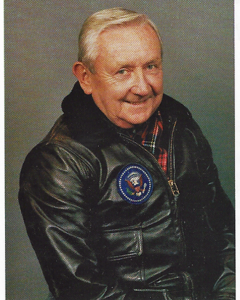
Harry Hleva, VS-44A restoration coordinator supervised every aspect of the Excambian restoration effort. A 36-year retired Sikorsky employee, he worked on the assembly of all three flying boats during the 1940’s. His decade long “break from retirement” to lead the restoration effort was characterized by hard work, camaraderie and extraordinary devotion to a unique aircraft. He says as his fellow workers: “They’re a first-class group doing a first class job. We are equals, peers and friends. We share advice and problems, and things get done— done with pride.”
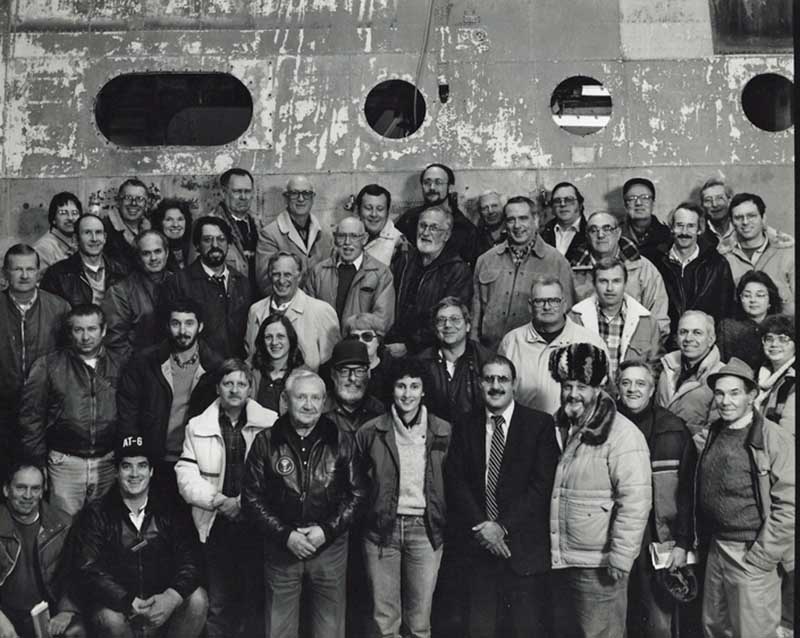
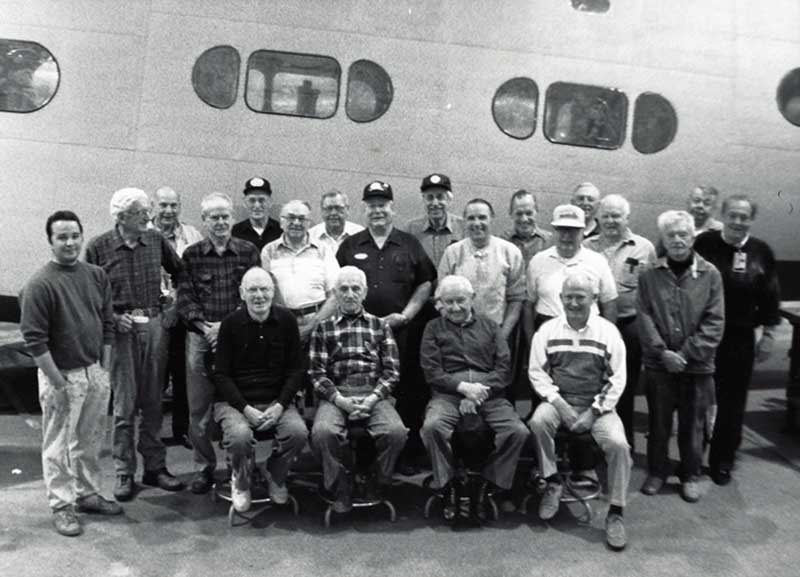
Restoration Commences
The six years of sitting idle at the ramp took its toll on the aircraft. The hot, humid days and the salt spray accelerated the oxidation of the airframe and aluminum skin. Charlie Blair and his wife, the actress Maureen O’Hara, realizing that it would be economically unfeasible to refurbish the aircraft to operational status, and concerned that time has taken its toll on the aircraft, decided to donate Excambian to a museum.
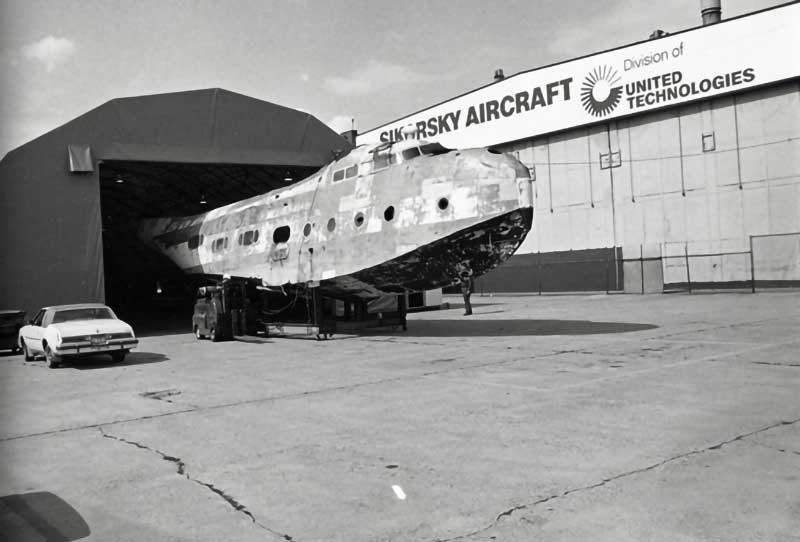
In the summer of 1987, the Excambian was moved into a temporary structure at Sikorsky’s Bridgeport airport facility, less than 300 yards from its birthplace.
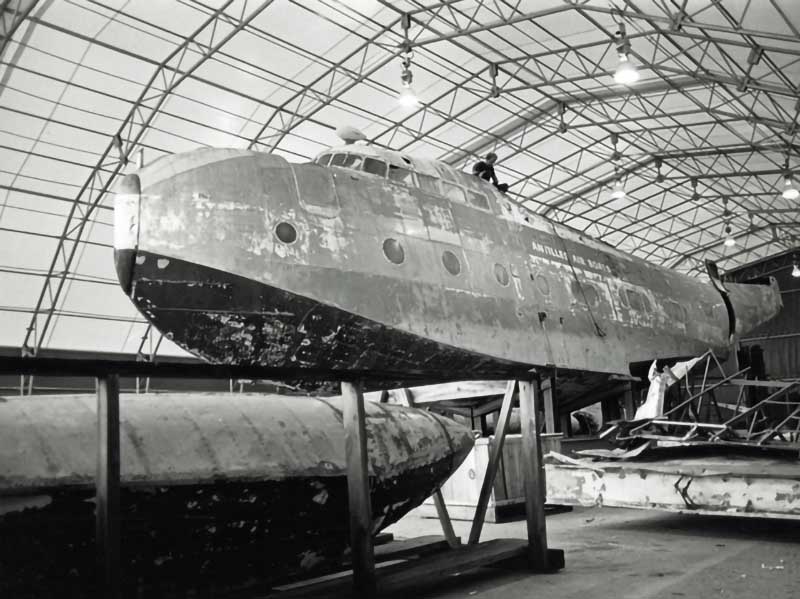
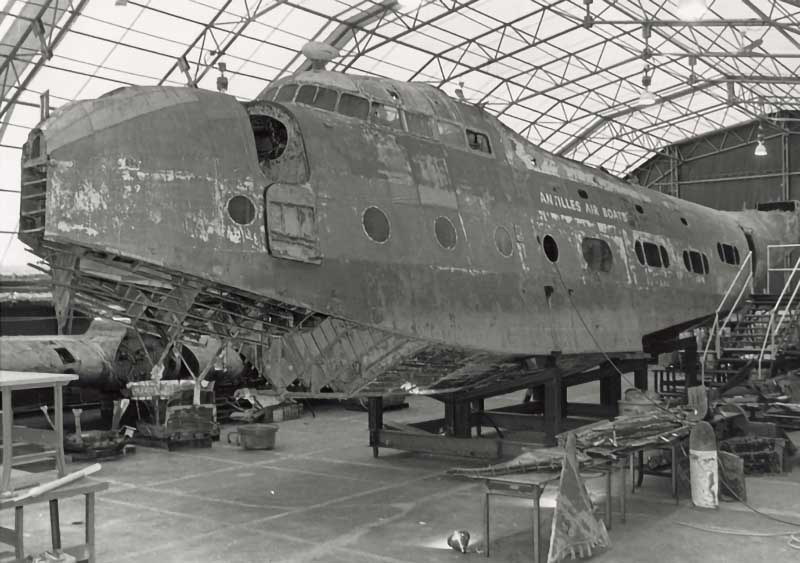
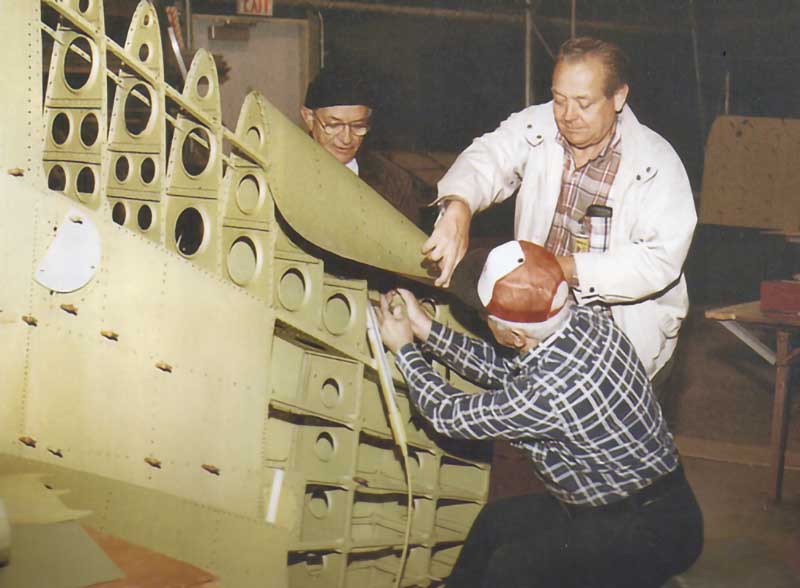
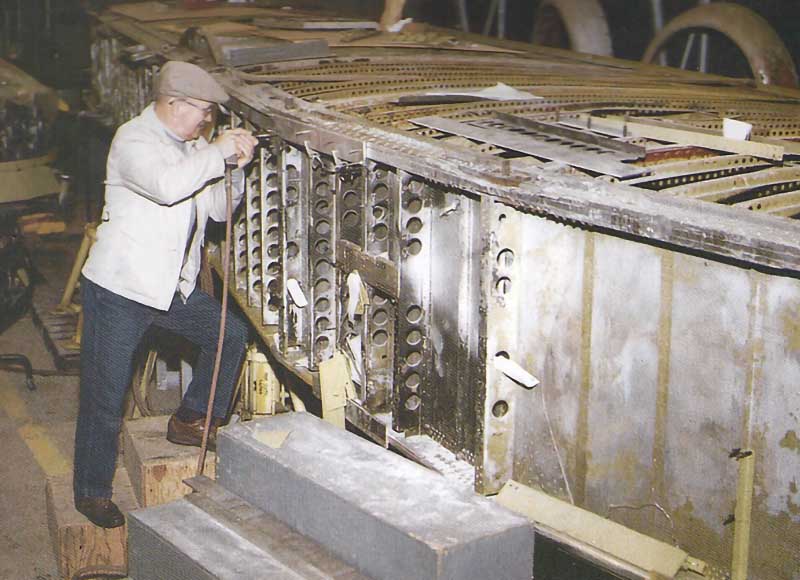
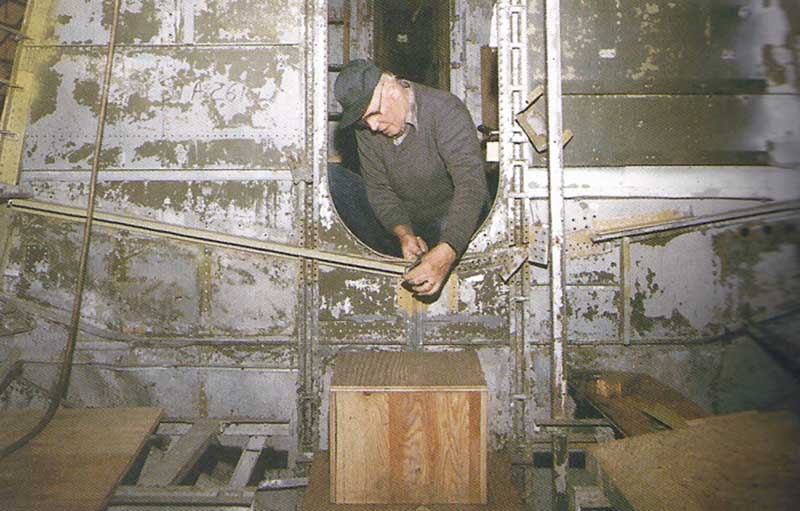
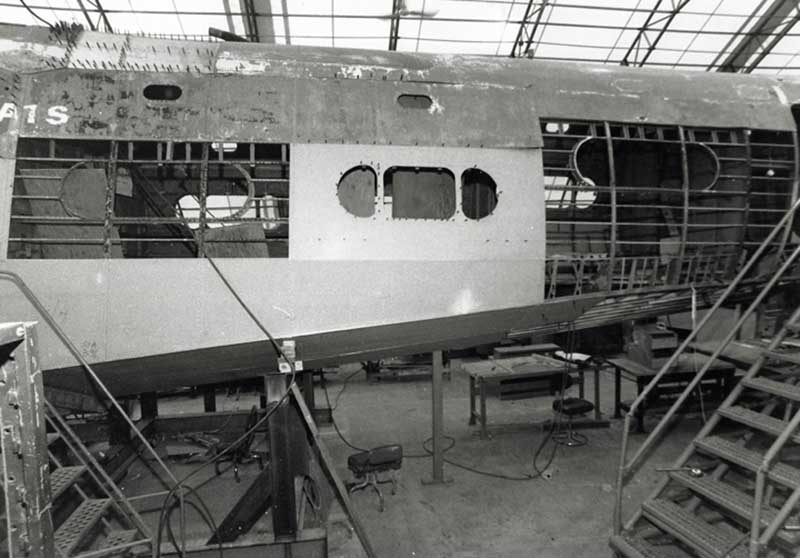
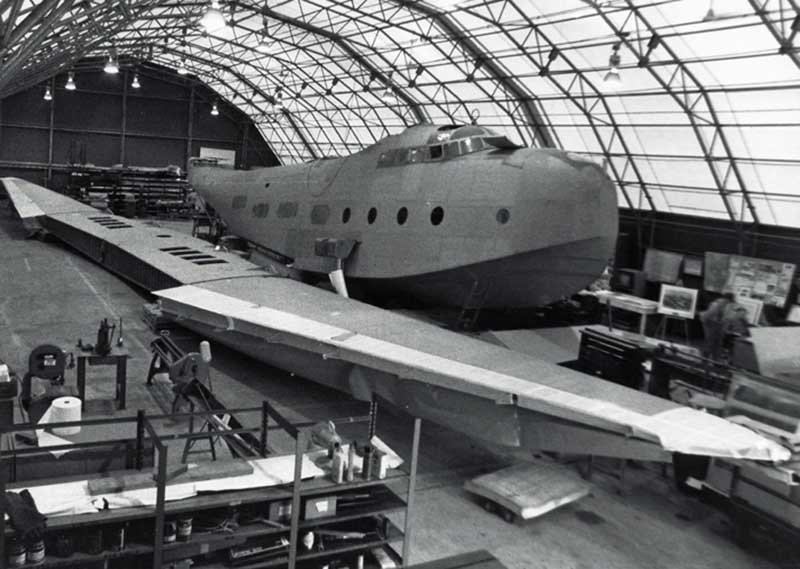
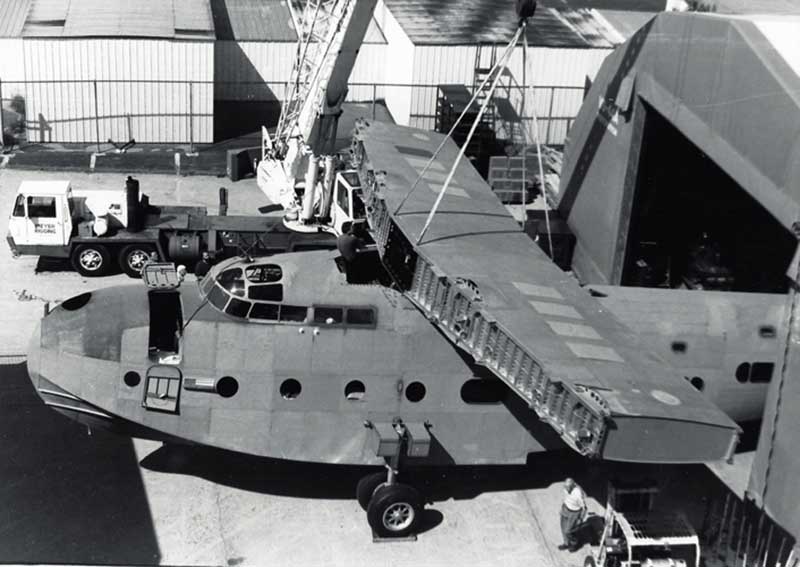
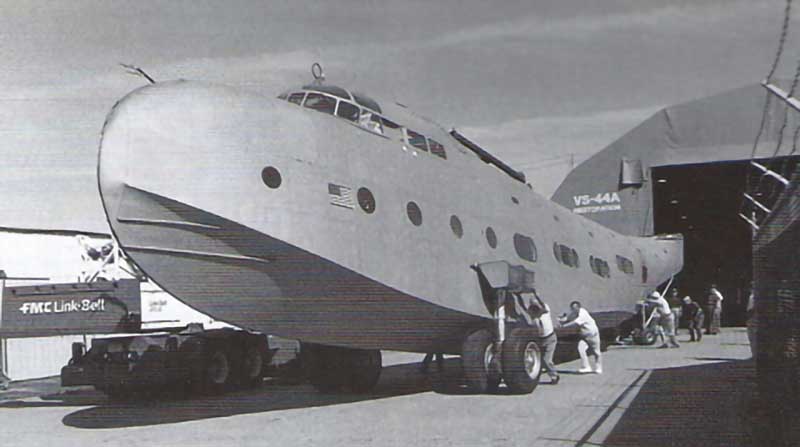
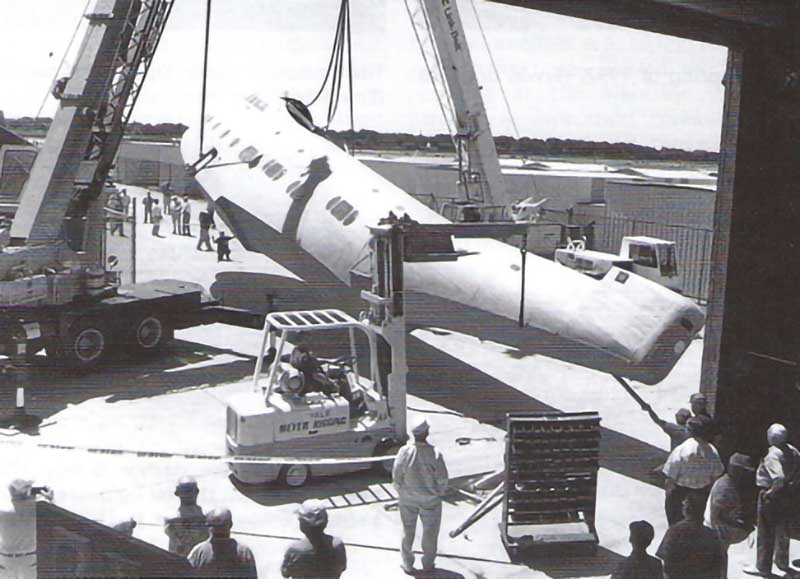
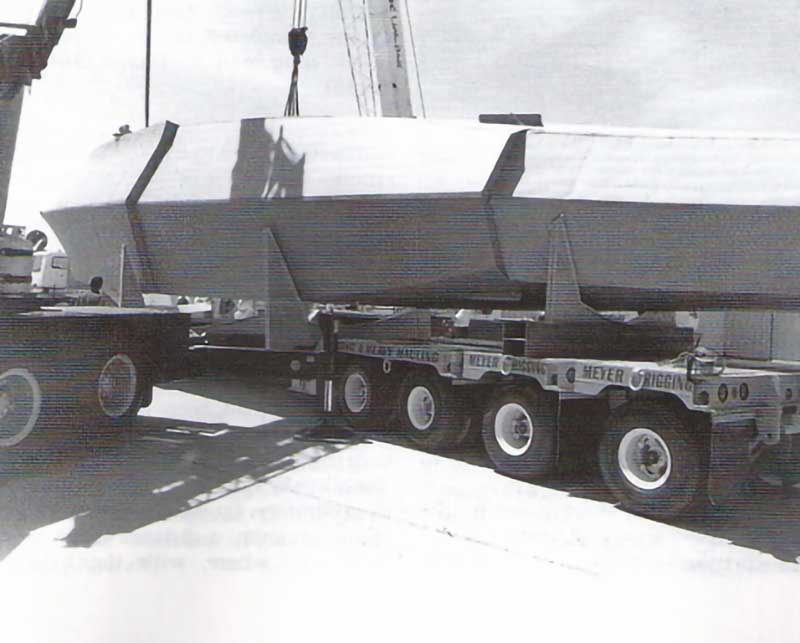
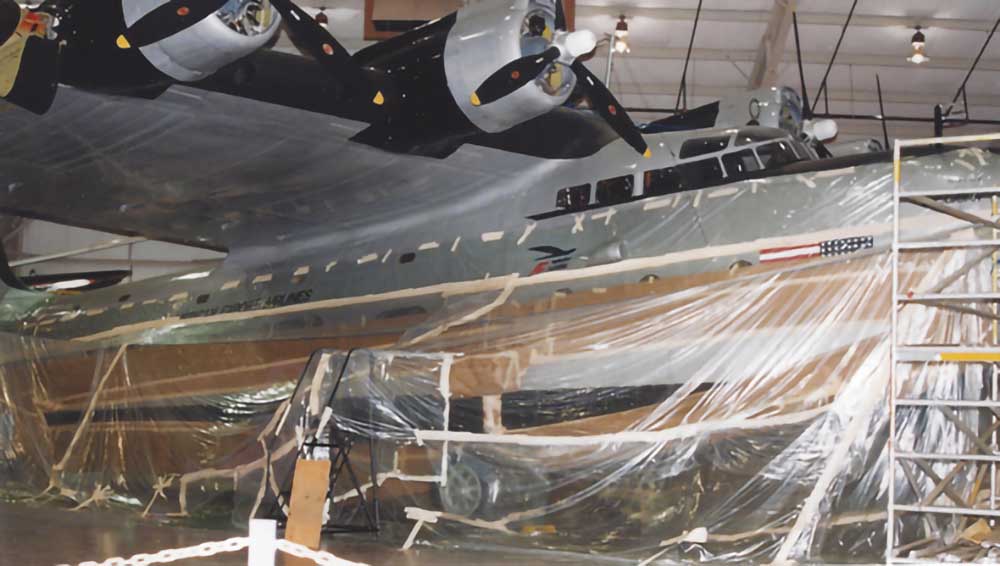
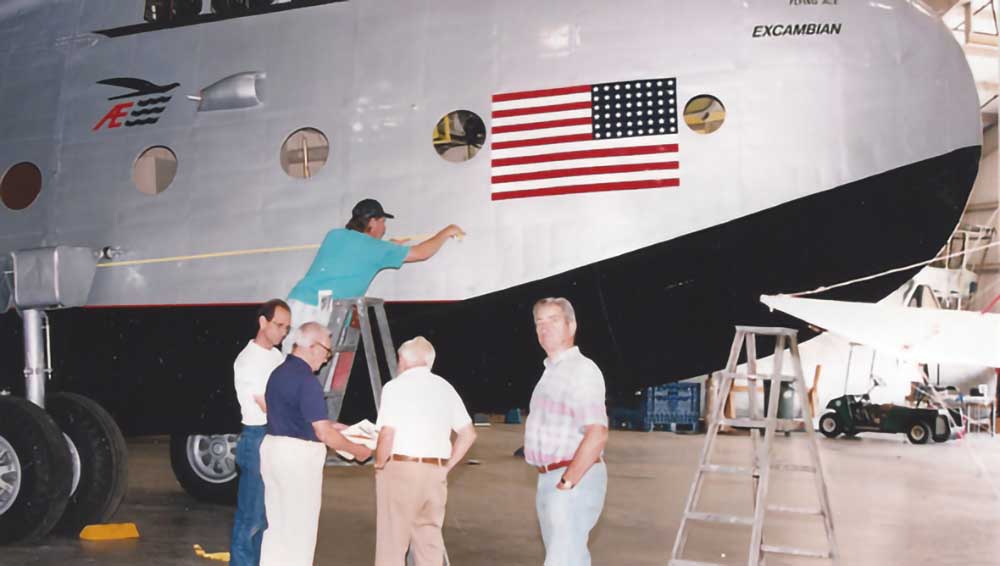
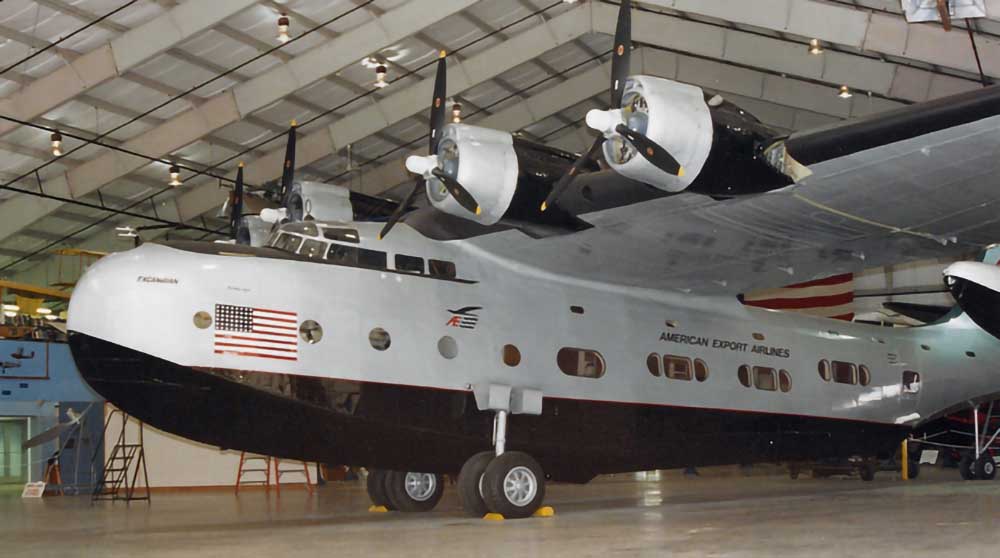
Ref:
Sikorsky VS-44 Flying Boat by Harry E. Pember
- by John Kowalonek
